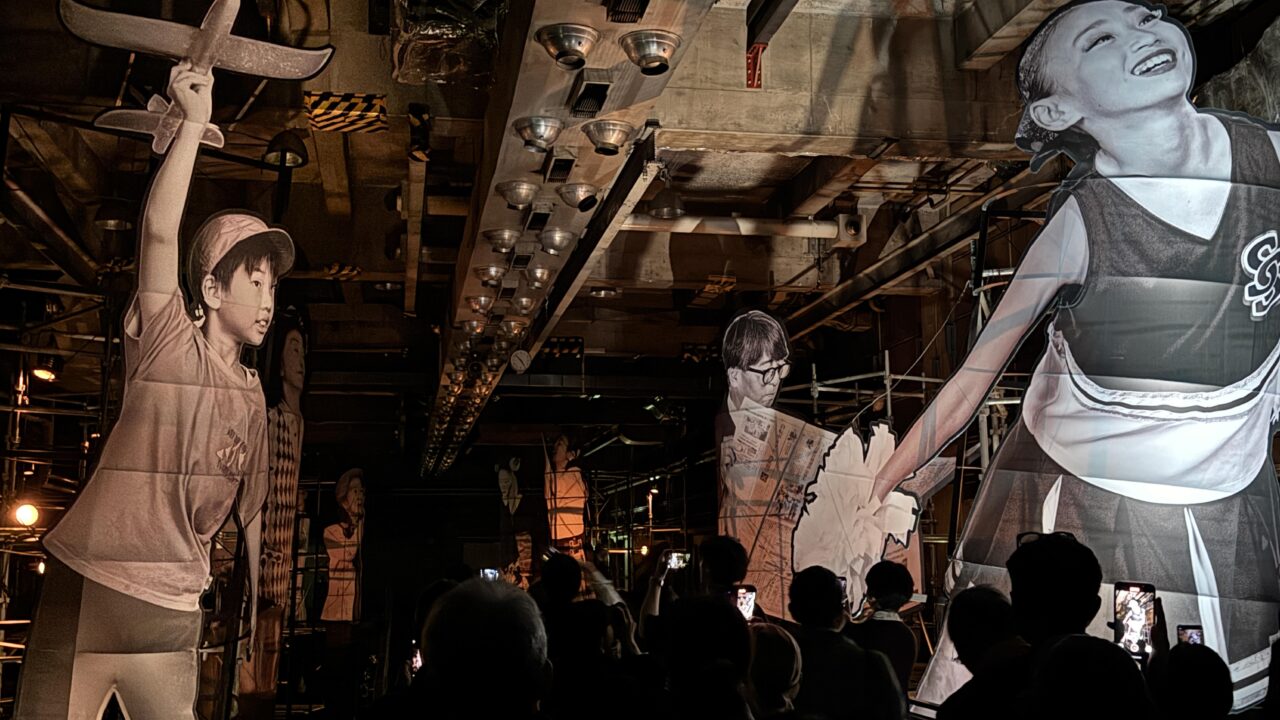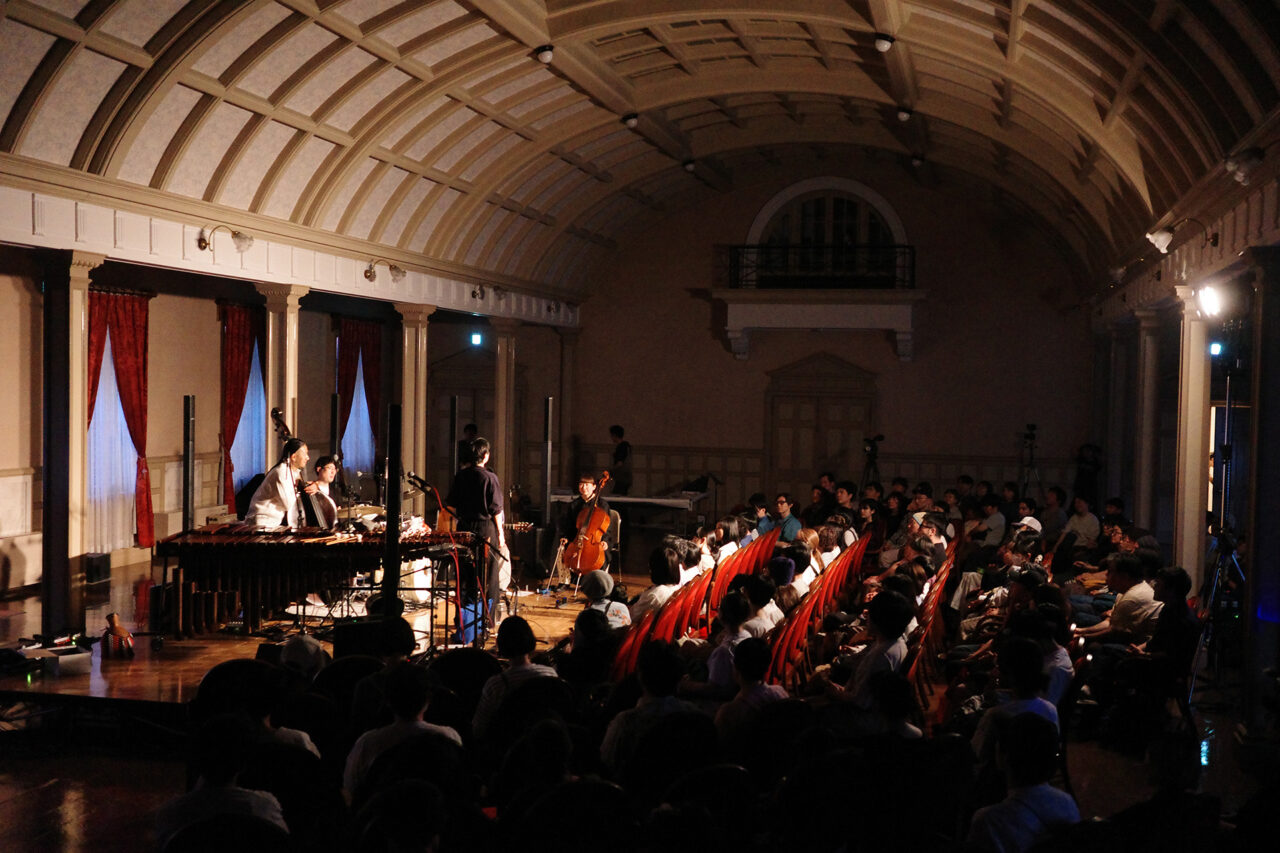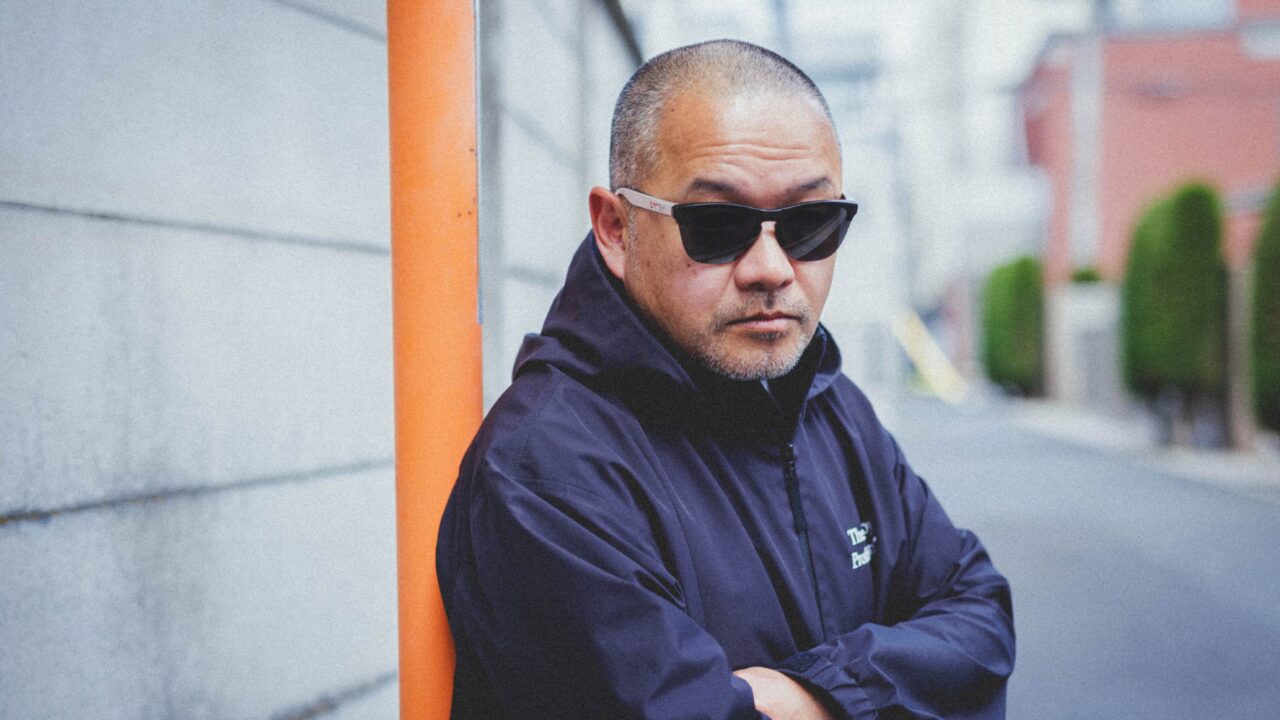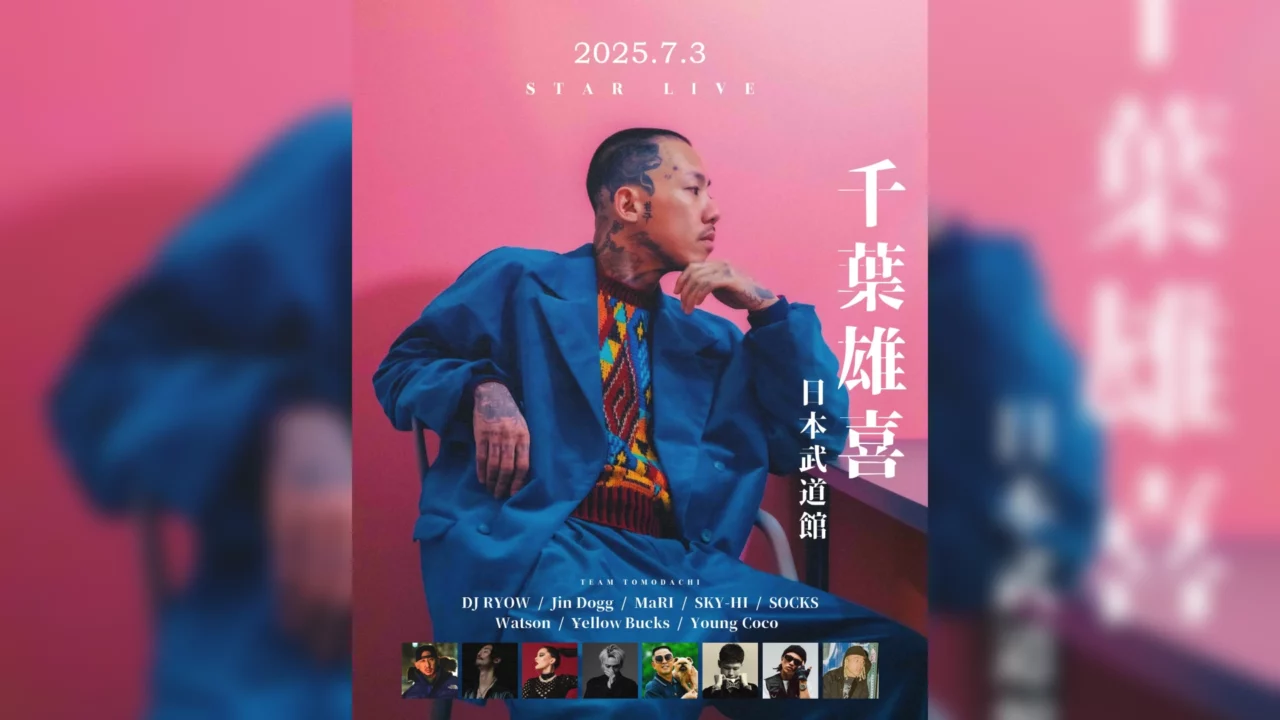A circle of friends connected by goo touch! The “FIST BUMP” corner of the radio program “GRAND MARQUEE” features people who live and enjoy Tokyo in a relay format.
On November 30, rakugo storyteller Shunputei Ikkyu introduces us to entertainment photographer Renji Tachibana. We asked him about his reasons for starting entertainment photography, his most memorable photo shoots, and his fascination with rakugo.
INDEX
I wanted to take pictures of the backstage rather than the stage
Celeina (MC): Mr.Tachibara was born in Saitama Prefecture.He studied under portrait photographer Mahaya Ono before starting his freelance career, and was selected for the first “Kitai sareru Wakate Shashinka 20nin Ten” in 1989. After many twists and turns, in May 1995, he began taking entertainment photos at Suzumoto Engeijo in Ueno, and now, as a leading entertainment photographer, he has photographed many performers, from the famous to the young.
Takano (MC): Is there a genre of entertainment photographer?
Tachibana: No, there is no such thing as an entertainment photographer. I used to call myself a regular photographer, but about five years ago, I consciously started calling myself an entertainment photographer.
Takano: So you are a pioneer. When did you first become interested in cameras?
Tachibana: It was during high school. Originally, I liked photography more than cameras, and I spent a lot of time in the darkroom making prints. So my interest in printing photographs came earlier than the camera itself.
Takano: It feels good to be floating.
Tachibana: Yes, it is. I turned on the red light and worked all the time, which is completely unthinkable nowadays.
Takano:There is a sense of doing something special, isn’t there?
Tachibana: Rather than doing something outside, I liked to stay in such places and work and create something.
Celeina:What led you to start taking performance photographs?
Tachibana: It was almost 30 years ago, and I was thinking about how I was going to live with the limitations of the portrait photography work I had been doing. At that time, as a kind of distraction, I went to the Suzumoto Engeijo in Ueno and saw rakugo live for the first time.
Celeina:Do you remember how you felt the first time you visited Suzumoto Engeijo?
Tachibana: It was Golden Week, and the seats were full. I was in the front row, at the very end of the lower row of auxiliary seats. The sleeves of the Suzumoto Engeijo were on the opposite side of the stage from me, so I had a good view of the comedians coming in and out of the sleeves. I remember that I wanted to take pictures of the comedians in their dressing rooms, so I went up to them and asked them for help.
Celeina: So you wanted to photograph comedians in their natural state.
Tachibana: Now, of course, I shoot a lot of koza, but I was originally a portrait photographer, so at first I wanted to photograph comedians in their dressing rooms, not in their koza.
Takano: So the atmosphere in the dressing room is totally different from the certain tension in the koza.
Tachibana: That’s right. The dressing room is a place where the comedians can both concentrate and relax in preparation for the koza, so it has a unique atmosphere. Each performer’s personality comes out differently from the koza, so I enjoyed that more.


























